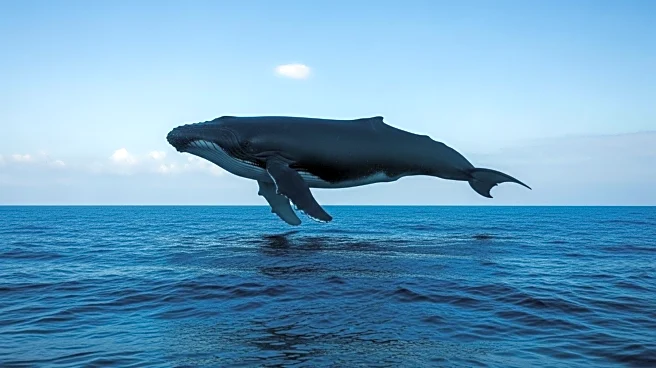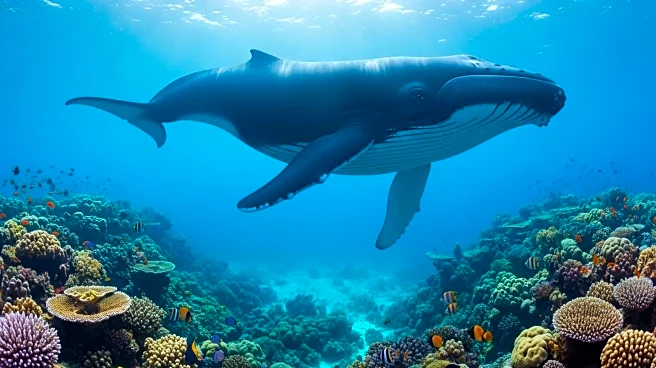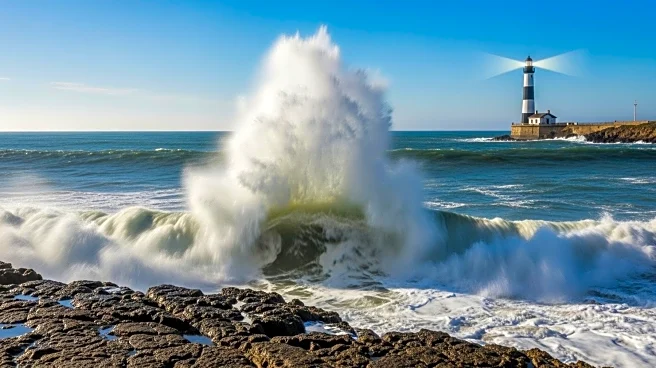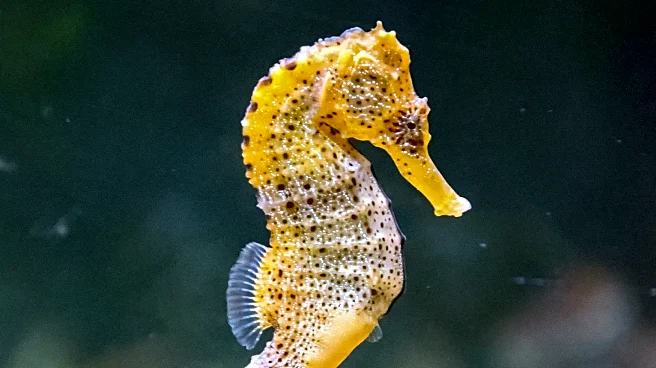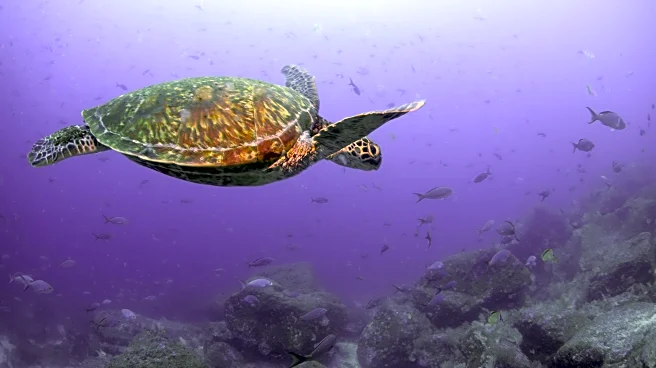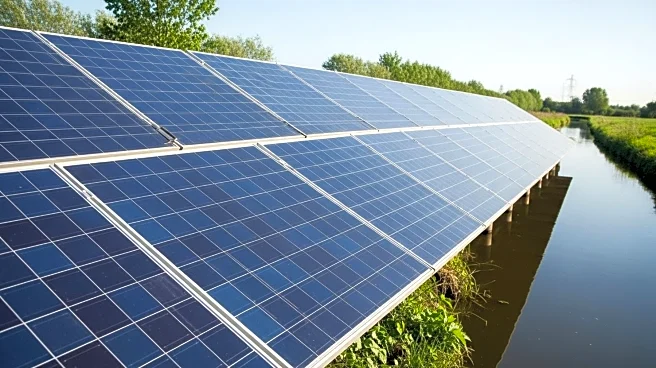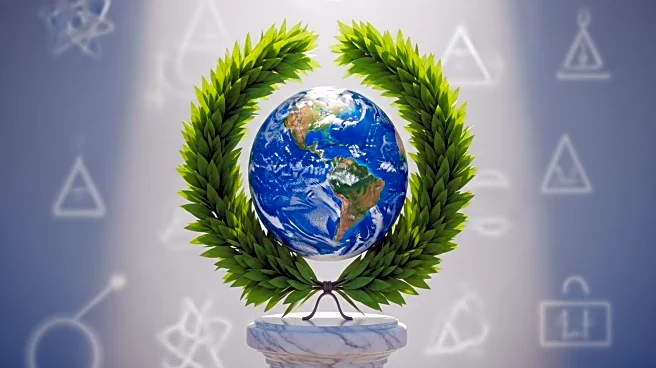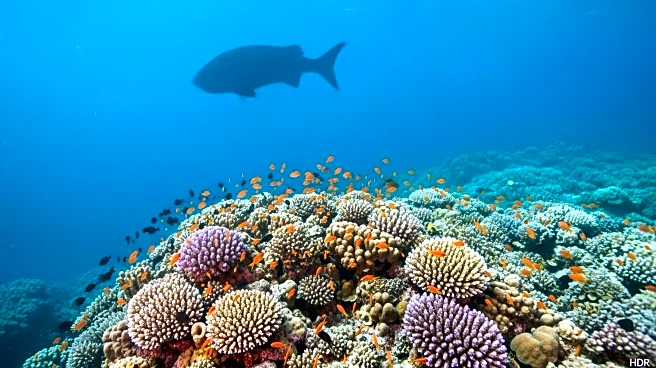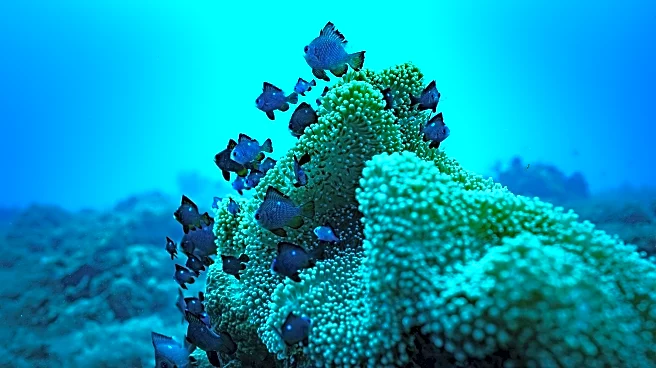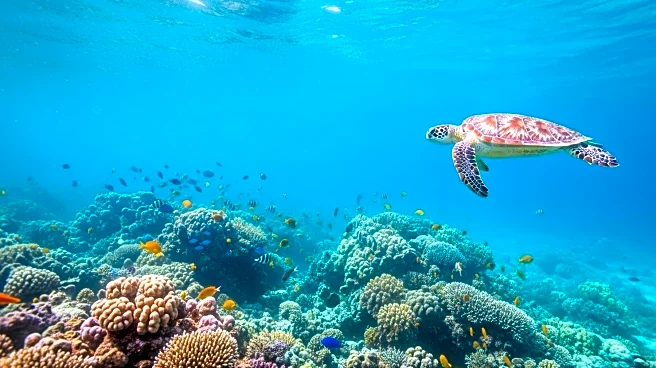What's Happening?
The High Seas Treaty, a global agreement aimed at protecting the world's oceans and reversing damage to marine life, has reached a critical milestone with its 60th ratification by Morocco. This development means the treaty will become international law starting in January. The treaty, which has been in the making for two decades, will enable the establishment of marine protected areas in international waters. Environmentalists have praised this achievement as a significant step towards environmental protection. The treaty sets binding rules to conserve and sustainably use marine biodiversity, addressing issues such as overfishing, pollution, and climate change impacts on marine life. Currently, only 1% of the high seas are protected, leaving marine life vulnerable to overexploitation.
Why It's Important?
The ratification of the High Seas Treaty is a monumental achievement for ocean conservation, as it aims to protect 30% of the world's national and international waters by 2030. This is crucial for the recovery of depleted marine life, which has been severely impacted by decades of overfishing, pollution, and climate change. The treaty represents a collaborative effort among nations to safeguard marine biodiversity, which is essential for maintaining ecological balance and supporting global fisheries. The successful implementation of the treaty could lead to significant improvements in marine ecosystems, benefiting both environmental and economic stakeholders.
What's Next?
With the treaty set to come into force, countries will begin proposing areas to be protected under the agreement. These proposals will be voted on by the signatory nations. While countries will conduct their own environmental impact assessments, there is a mechanism for other nations to register concerns with monitoring bodies. This process will be crucial in ensuring that the treaty's objectives are met and that marine protected areas are effectively established and managed.
Beyond the Headlines
The High Seas Treaty not only marks a turning point for ocean conservation but also serves as a catalyst for international collaboration on environmental issues. It highlights the potential for countries to work together to address global challenges, setting a precedent for future agreements on other environmental concerns. The treaty's implementation may also influence national policies and encourage further commitments to sustainable practices.

